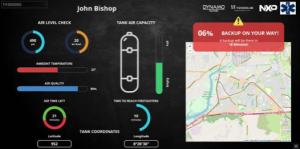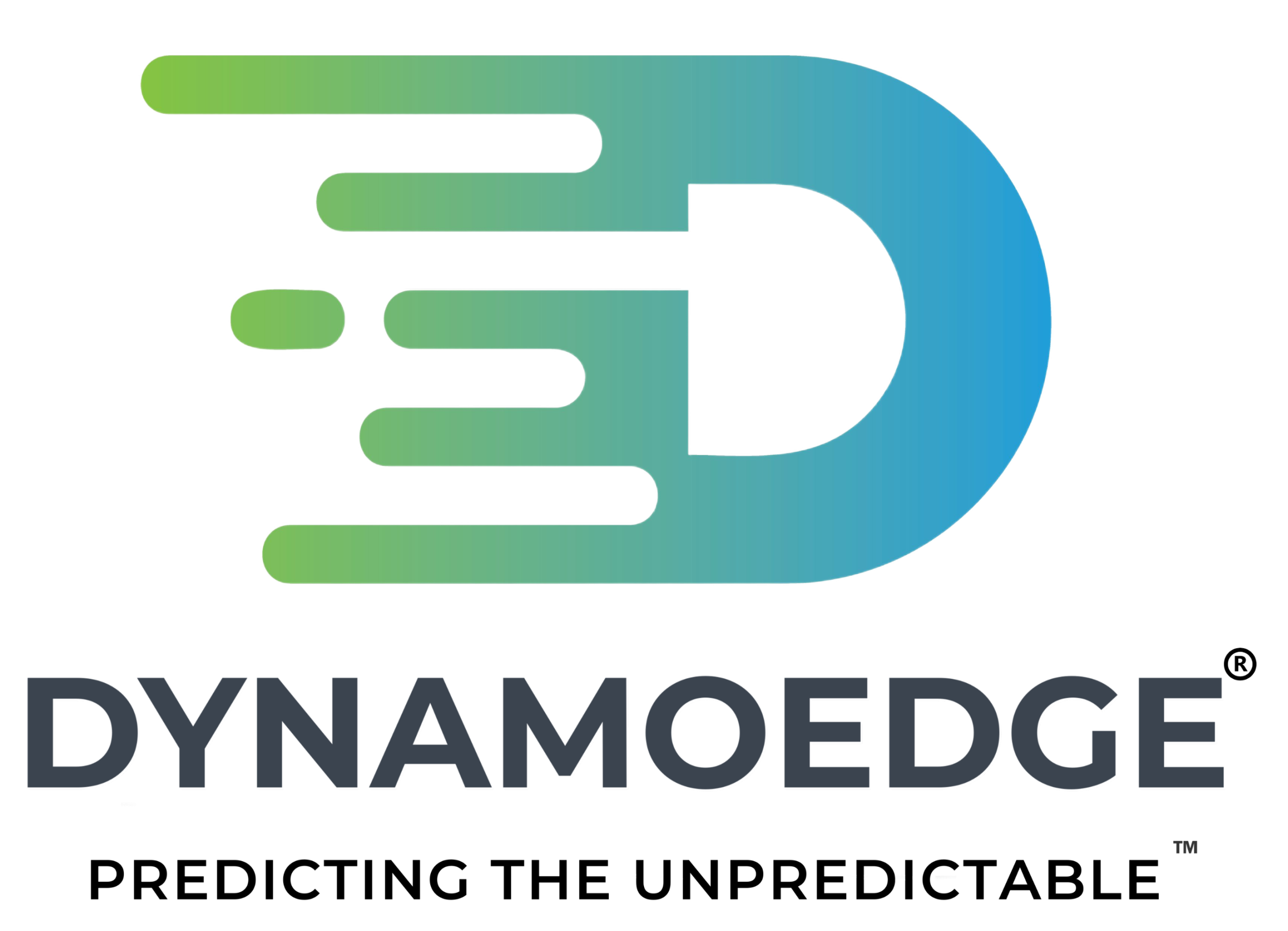The Messi of Artificial Intelligence is from Rosario and triumphs in United States.
Barbara Béssolo spent much of her life in the Bella Vista neighborhood. The story of someone who revolutionizes motorsport using Artificial Intelligence.

She is not a trend on social networks because she has a low profile, but she is an influencer in the field of cutting-edge technology. Barbara Béssolo is from Rosario. She left her beloved Bella Vista neighborhood in 2000 to begin a new stage in her private and professional life in the United States. She was first based in Connecticut where she worked for a company that generated large-scale electronic products for laboratories. Then she settled in Indiana when she was called by the internet giant Technicolor. And then everything changed.
This industrial analytical chemist and former South American rhythmic gymnastics champion decided in 2021 to open her own path and go for everything. So, she created an Artificial Intelligence software that predicts failures in cars in real time and that can also be used in all areas. The revolutionary product was used in IndyCar and passed the test with flying colors. She is currently contacted by other giants to incorporate her product. In the United States business circles, she is recognized as the Messi of AI, despite the fact that she takes refuge in work and in seeing how to continue growing without falling into the clutches of media and corporate temptation.
The brilliant mind behind this company is Barbara Béssolo. She is 52 years old and managed to position herself as a pioneer in the market of technology applied to motorsport. Her innovative software with Artificial Intelligence completely changed the way racing teams can analyze and optimize the performance of their vehicles. It can also be applied to other markets.
“One day it occurred to me to create Artificial Intelligence for cars, and when this year, for the technology session that was held in the run-up to the Indianapolis 500—which is the space used to see what the future of motorsports is going to be—they called me, it was something wonderful and unthinkable. I also thought it was fun and crazy at the same time, ha,” Béssolo, who lives day to day with her father Miguel Ángel and her daughter Sofía, told Motores Béssolo.

—I am the founder and creator of an Artificial Intelligence company that started with this topic in 2021. What the AI I created does is it predicts what’s going to happen to a machine in the future, but in real time. For example, it tells you what’s going to happen to your car in the next thousand miles, before you drive and complete that trip.
—Does it work through software or with some other operating system?
—No, it’s just software. The plus is that it can be used with any car and any type of connectivity. That is, it can be implemented in a vehicle that is 20 years old as well as in one that has just been manufactured. Basically, the difference with what it is now, with respect to an Artificial Intelligence technique that we created, is that in current products you analyze one sensor at a time.
—What would it be like to see one sensor at a time?
- Today the vehicle tells you if you have problems with a wheel, the battery, the motor, and it does so in a limited way because it sees one sensor at a time and it is reflected when one the lights on the dashboard turns on. When you already have a failure. Instead, we first evaluate one sensor at a time, and then look at the whole car together, so that it allows us to predict what is going to happen to it or what is going to break in the future precisely, and we also tell them what they should do to avoid reaching that extreme point, which also generates headaches.
—Who or what company currently uses your software, since at the time it was used in an IndyCar car.
—It’s true, we started with racing cars fully because it was the most difficult case to do, since it requires a lot of sensors, it moves very fast, and it was really complex to do. However, we succeeded. After our first successful Indycar test, we went to AT&T (the largest telecommunications company in the United States and one of the world’s giants), which ended up investing in us, and it has 85 percent of the connected automotive market in this country. By this I mean that implementing our AI allows each car in the company to know when it will need maintenance, whether it’s mechanical, electronic or of some other nature. We can predict every sensor, so, it prevents everything, which generates cost savings and greatly improves the capitalization of time.


—How would you define yourself professionally then?
Uh, I honestly don’t know why I never thought about it. I don’t know what to say… What I know is I like what I do. And I enjoy it very much.
“Was everything rosy as it looks now?”
“No, nothing to do with it. Here I summarized it in a few words, but this has not been easy. On the contrary, it has been extremely difficult for me to enter, interact, and position my brand because I am not only a woman, but I also speak with an accent because I am Argentine, ha.
—How was the reception of mechanics or engineers when you entered the world of racing?
— UH, well there you have another case. It was also complicated. Imagine that a woman comes and tells you that what you are doing is wrong. To that, I add other issues because I am not from motorsports, and this is something that if they wanted to, or logically, they should have created it themselves. But well, it happened like that and I am grateful. But it really wasn’t easy at all. Today I enjoy growth, although in the past it was difficult to move forward.
—How do you keep your feet on the ground knowing that they are growing by leaps and bounds?
It happens that when I win, I’m not happy, I feel an emptiness. In this aspect I am the same as Gil (de Ferran), who one day told me that this happened to us because we were hunters, and we needed the adrenaline to create and move forward. What makes me happy and keeps my feet on the ground is the fact that I keep building, keep reaching goals. My head it’s always on the next thing I’m going to do.

